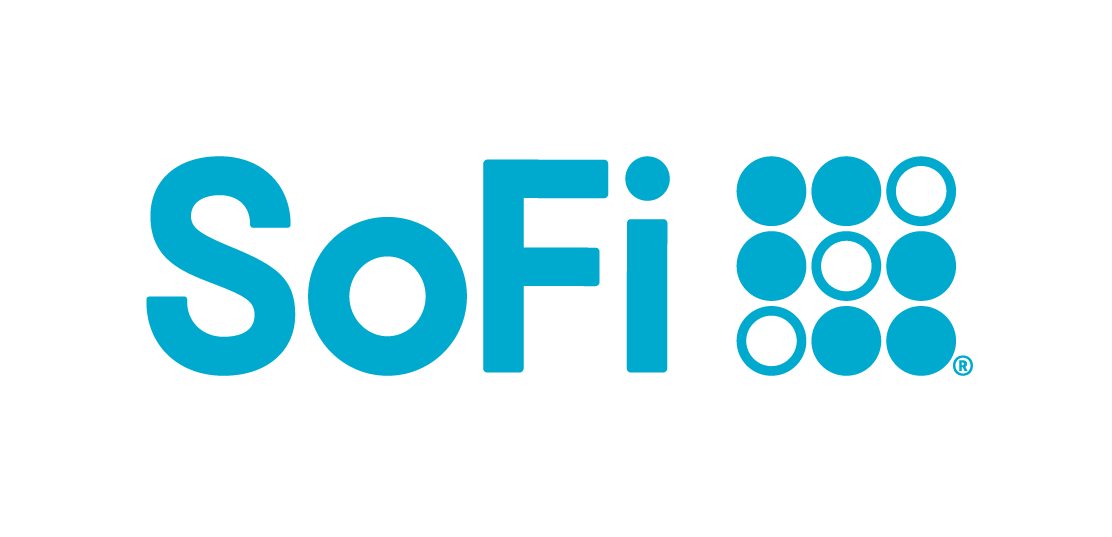Retirement Plan and Social Security Benefits
Key takeaways
-
Retirement planning has five steps: knowing when to start, calculating how much money you'll need, setting priorities, choosing accounts and choosing investments.
-
Generally, the idea is to invest more aggressively when you're young, and then slowly dial back to a more conservative mix of investments as you approach retirement age.
-
You can manage your retirement savings on your own or hire a pro.
When can you retire?
When you can retire comes down to when you want to retire and when you'll have enough money saved to replace the income you receive from working.
-
The earliest you can start claiming Social Security benefits is age 62. However, by filing early you'll sacrifice a portion of your benefits. If you were born in 1960 or later, full retirement age (which is also full Social Security benefits age) is 67. And your benefit will actually increase if you can delay it further, up until age 70.
-
Some people retire early (because they want or have to), and many retire later (again, because they want or have to). Many people find it's best to slowly ease out of the workforce rather than retire abruptly.
Advertisement
| | | |
|---|---|---|
| NerdWallet rating | NerdWallet rating | NerdWallet rating |
| Learn More | Learn More | Learn More |
Fees0% management fee | Fees0.15% per year (approximately) | Fees0.25% management fee |
Account Minimum$0 | Account Minimum$0 | Account Minimum$0 |
PromotionFree career counseling plus loan discounts with qualifying deposit | PromotionNo advisory fees your first 90 days of Vanguard Digital Advisor investment management (Enrollment requires a Vanguard account with a minimum of $3,000) | PromotionUp to 1 year of free management with a qualifying deposit |
The 5 steps of retirement planning
Retirement planning has several steps, with the end goal of having enough money to quit working and do whatever you want. Our aim with this retirement planning guide is to help you achieve that goal.
Step 1: Know when to start retirement planning
When should you start retirement planning? In a word, now. In three words, in your 20s. The earlier you start planning, the more time your money has to grow.
That said, it's never too late to start retirement planning. Even if you haven't so much as considered retirement, don't feel like your ship has sailed. Every dollar you can save now will be much appreciated later. Strategically invest and you won't be playing catch-up for long.
Step 2: Figure out how much money you need to retire
The amount of money you need to retire is a function of your current income and expenses, and how you think those expenses will change in retirement.
-
The typical advice is to replace 70% to 90% of your annual pre-retirement income through savings and Social Security.
-
For example, a retiree who earns an average of $63,000 per year before retirement should expect to need $44,000 to $57,000 per year in retirement.
Step 3: Prioritize your financial goals
Retirement is probably not your only savings goal. Lots of people have financial goals they feel are more pressing, such as paying down credit card or student loan debt or building up an emergency fund.
Generally, you should aim to save for retirement at the same time you're building your emergency fund — especially if you have an employer retirement plan that matches any portion of your contributions.
Step 4: Choose the best retirement plan for you
A cornerstone of retirement planning is determining not only how much to save, but also where to save it.
-
If you have a 401(k) or other employer retirement plan with matching dollars, consider starting there.
-
If you don't have a workplace retirement plan, you can open your own retirement account.
There is no single best retirement plan, but there is likely a best retirement plan — or combination of retirement accounts — for you. In general, the best plans provide tax advantages, and, if available, an additional savings incentive, such as matching contributions. That's why, in many cases, a 401(k) with an employer match is the best place to start for many people.
If you don't have access to a workplace plan (or the one you're offered doesn't come with a match), or you're already contributing to a 401(k) and you're looking for the best options for additional retirement savings, you may want to consider an IRA . This is a plan you open yourself at an online broker or other account provider . An IRA is hardly a consolation prize.
Here are seven types of retirement plans that might work for you. Click the links to read more about how each one works.
Step 5: Select your retirement investments
Retirement accounts provide access to a range of investments, including stocks, bonds and mutual funds. Determining the right mix of investments depends on how long you have until you need the money and how comfortable you are with risk.
-
Generally, the idea is to invest aggressively when you're young, and then slowly dial back to a more conservative mix of investments as you approach retirement age. That's because early on you have a lot of time for your money to weather market fluctuations — a few bad years won't ruin you, and your nest egg should benefit greatly from the stock market's history of long-term growth. Investing for retirement evolves alongside you as you change jobs, add to your family tree, endure stock market ups and downs and get closer to your retirement due date.
-
Your investments don't necessarily require constant babysitting. If you want to manage your retirement savings on your own, you can do it with just a handful of low-cost mutual funds. Those who prefer professional guidance can hire a financial advisor .
Retirement Plan and Social Security Benefits
Source: https://www.nerdwallet.com/article/investing/retirement-planning-an-introduction




0 Response to "Retirement Plan and Social Security Benefits"
Post a Comment